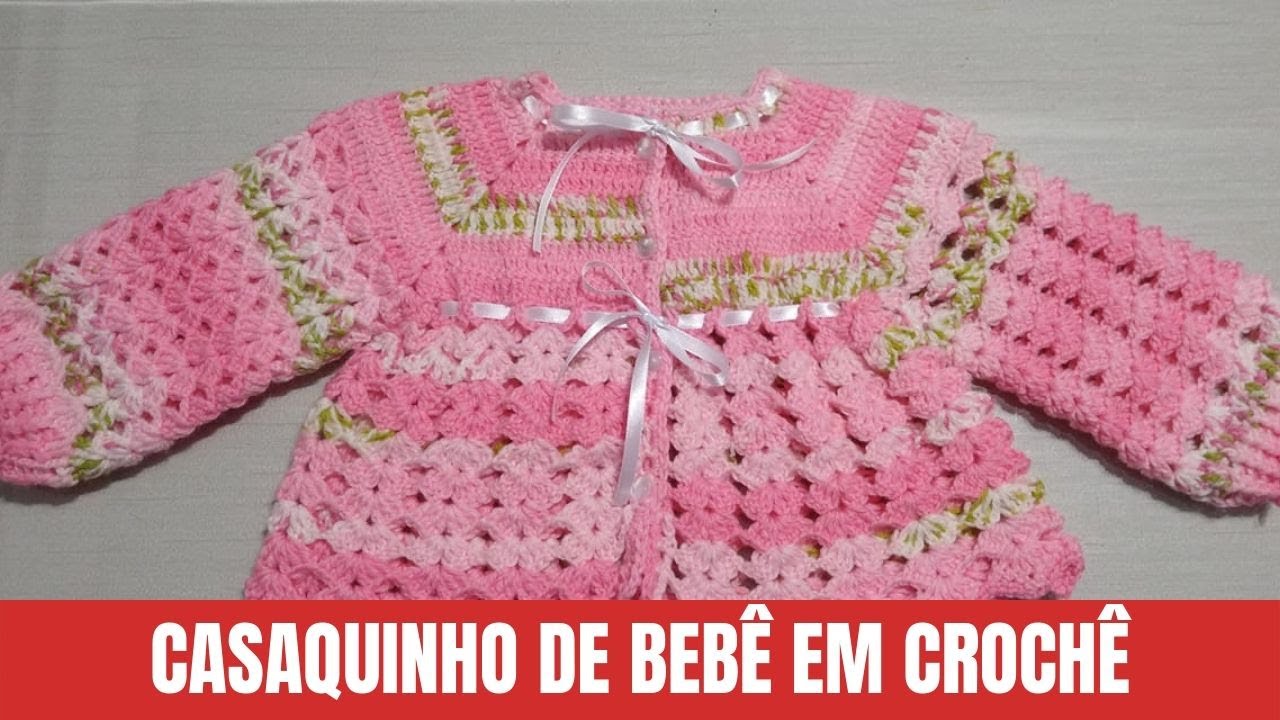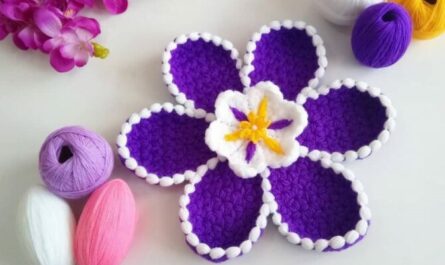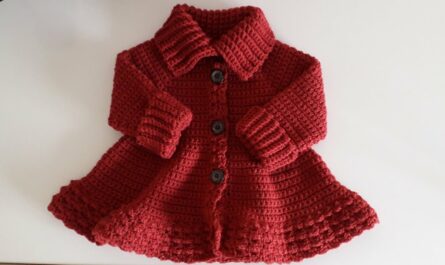In the world of handmade fashion, few garments rival the versatility and beauty of a crochet cardigan. Whether it’s a lightweight layering piece for spring, a chunky statement for winter, or a delicate lace design for special occasions, crochet cardigans offer an ideal blend of form and function. Loved for their customizability, cozy texture, and timeless appeal, they are a staple in any crocheter’s repertoire.
This article delves into everything you need to know about crochet cardigans—from styles and materials to patterns, techniques, and tips for success.
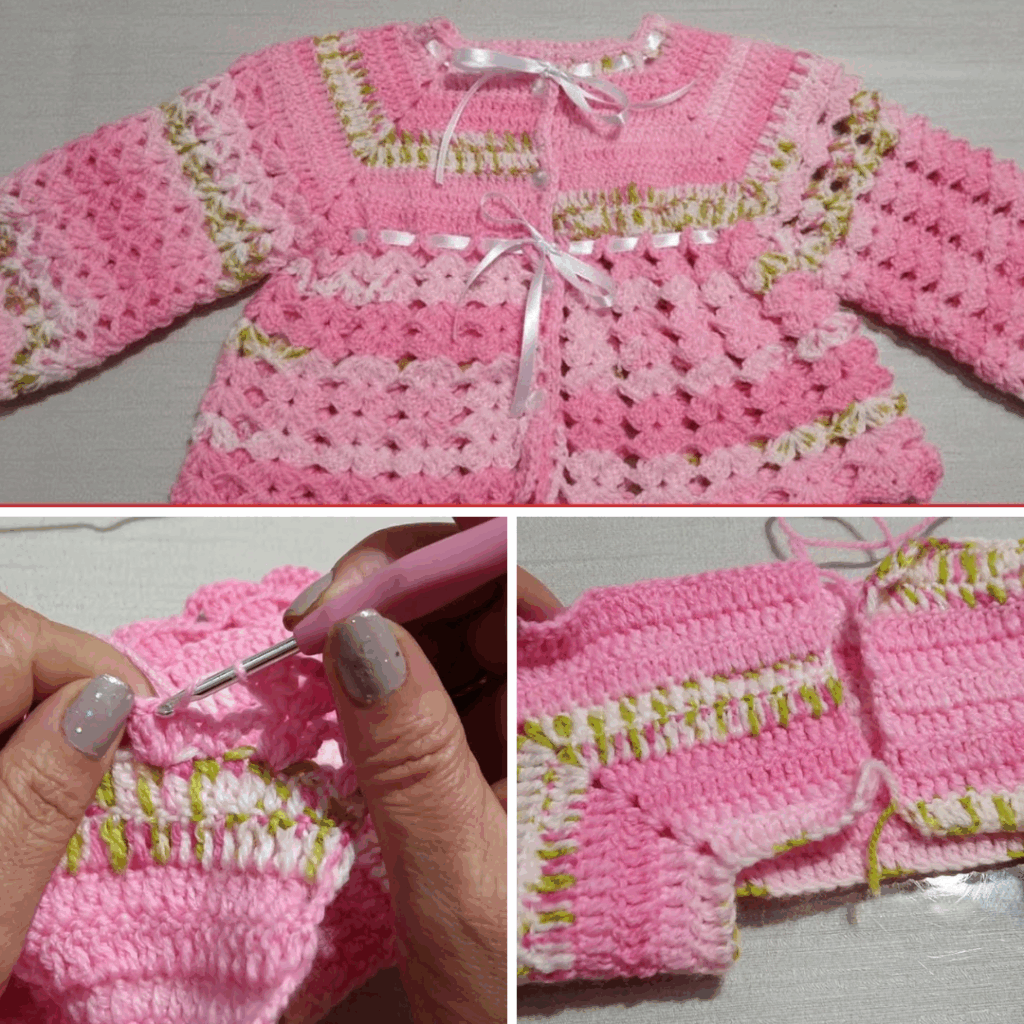
Why Make a Crochet Cardigan?
Creating a cardigan from scratch using yarn and hook is a rewarding process. Here’s why crocheters and wearers alike love crochet cardigans:
- 🧶 Custom Fit: You can tailor the cardigan to your exact body measurements for the perfect fit.
- 🎨 Unlimited Style Options: From boho-chic to minimalist, there’s a style for every wardrobe.
- 🧥 Layering Power: Perfect for transitional seasons or adding warmth without bulk.
- 💝 Meaningful Gifts: A handmade cardigan makes a thoughtful present that’s both practical and heartfelt.
- 🧵 Creative Outlet: Play with textures, stitch patterns, colors, and constructions.
Popular Crochet Cardigan Styles
Crochet cardigans come in various styles to suit different aesthetics, climates, and skill levels. Here are some of the most beloved:
1. Open-Front Cardigan
The simplest type of cardigan, usually with no buttons or zippers. Perfect for beginners and everyday wear.
2. Granny Square Cardigan
Iconic and retro-inspired, made from colorful granny squares joined together. Great for using up yarn scraps and making a bold fashion statement.
3. Chunky Cardigan
Crocheted with bulky or super bulky yarn for warmth and comfort. Ideal for cold weather and cozy vibes.
4. Lacy Cardigan
Features openwork stitches like shells, fans, or mesh. Light and breathable—great for spring and summer.
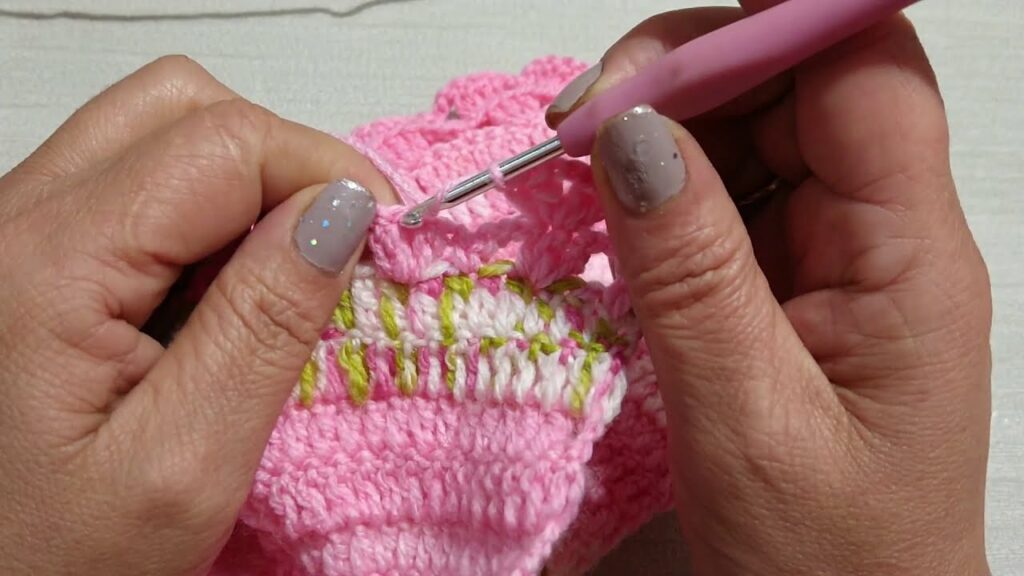
5. Cropped Cardigan
Shorter in length, ending around the waist. Trendy, youthful, and pairs beautifully with high-waisted jeans or skirts.
6. Duster or Longline Cardigan
Extends to mid-thigh or beyond. Elegant and slimming, it offers extra coverage and dramatic flair.
Yarn Choices for Cardigans
Choosing the right yarn is essential for comfort, appearance, and durability.
Consider These Factors:
- Fiber Content:
- Cotton: Best for warm weather and lace cardigans.
- Acrylic: Affordable, easy to care for, good for everyday wear.
- Wool/Alpaca: Warm and breathable, excellent for cold-weather cardigans.
- Blends: Combine the best properties of multiple fibers.
- Weight:
- DK (Double Knit) or Worsted weight is most common.
- Chunky/Bulky for thick winter cardigans.
- Lightweight (Sport/Fingering) for delicate or lacy designs.
- Texture:
- Smooth yarn shows stitch definition.
- Textured or novelty yarn adds depth but may obscure complex stitches.
Construction Methods
Cardigans can be constructed in several ways, depending on the pattern and style.
1. Panel Construction
Make individual pieces (back, fronts, sleeves), then seam them together. Good for structured garments.
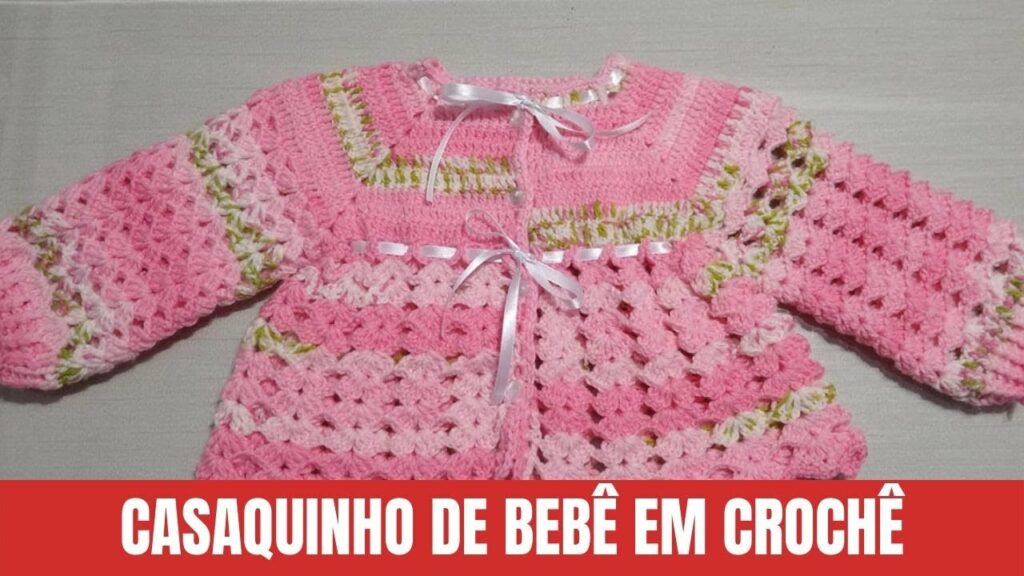
2. Top-Down (Raglan)
Work in one piece from the neck downward. Allows for trying on as you go.
3. Side-to-Side
Worked horizontally instead of vertically. Offers a unique texture and fit.
4. Modular
Assembled from motifs like squares or hexagons. Fun and colorful, often used in granny square cardigans.
Must-Know Stitches and Techniques
While cardigans can range from beginner to advanced, here are key stitches and techniques commonly used:
- Basic Stitches: Single crochet (sc), half-double crochet (hdc), double crochet (dc)
- Shaping: Increases and decreases for sleeves and neckline
- Seaming: Whip stitch, mattress stitch, or slip stitch joining
- Ribbing: Front/back post stitches or slip stitch ribbing for cuffs and hems
- Buttonholes: Made by skipping stitches or chaining spaces in the front band
Pattern Selection Tips
When choosing a cardigan pattern, consider the following:
- Skill Level: Match your experience level to the complexity of the pattern.
- Size Range: Ensure the pattern includes your size (plus size inclusive if needed).
- Yardage & Materials: Make sure you have enough yarn in the same dye lot.
- Seasonal Wear: Choose stitch density and yarn weight to suit the climate and intended use.
- Style Preference: Modern, classic, boho, vintage—pick a pattern that aligns with your wardrobe.
Example of a Simple Cardigan Pattern Outline
Here’s a high-level view of how a beginner-friendly crochet cardigan might be structured:
- Back Panel: Crochet a rectangle that matches the width and length of your back.
- Front Panels (2): Create two smaller rectangles for each side of the front.
- Sleeves: Crochet two tube-shaped pieces, gradually increasing to fit arms.
- Assembly: Seam shoulders, then attach sleeves. Seam sides and underarms.
- Edging: Add borders around the front, neck, and cuffs.
- Closures (Optional): Add buttons, toggles, or belt loops.
Styling Your Crochet Cardigan
A handmade cardigan can elevate any outfit. Here’s how to style it:
- Casual: Throw over jeans and a tee for a laid-back look.
- Chic: Pair a lacy cropped cardigan with a dress and boots.
- Layered: Use a longline cardigan over leggings and tunics in winter.
- Statement Piece: Let a colorful granny square cardigan be the highlight of your outfit.

Tips for a Successful Crochet Cardigan
- ✅ Swatch First: Always crochet a gauge swatch to avoid sizing issues.
- ✅ Use Stitch Markers: They help track shaping and pattern repeats.
- ✅ Block Your Pieces: Blocking enhances drape, fit, and stitch definition.
- ✅ Check Fit Early: If working top-down, try it on as you go.
- ✅ Take Notes: Keep track of modifications for future projects or repeats.
Final Thoughts
A crochet cardigan is the perfect fusion of fashion and function. Whether you’re keeping yourself warm, creating a statement piece, or gifting a loved one, every stitch carries purpose and personality. With endless options for yarns, patterns, and styles, there’s always a new cardigan waiting to come off your hook.
So grab your favorite yarn, pick a pattern, and start stitching—because there’s nothing quite like the satisfaction of wearing something you made with your own hands.
Video Tutorial:
